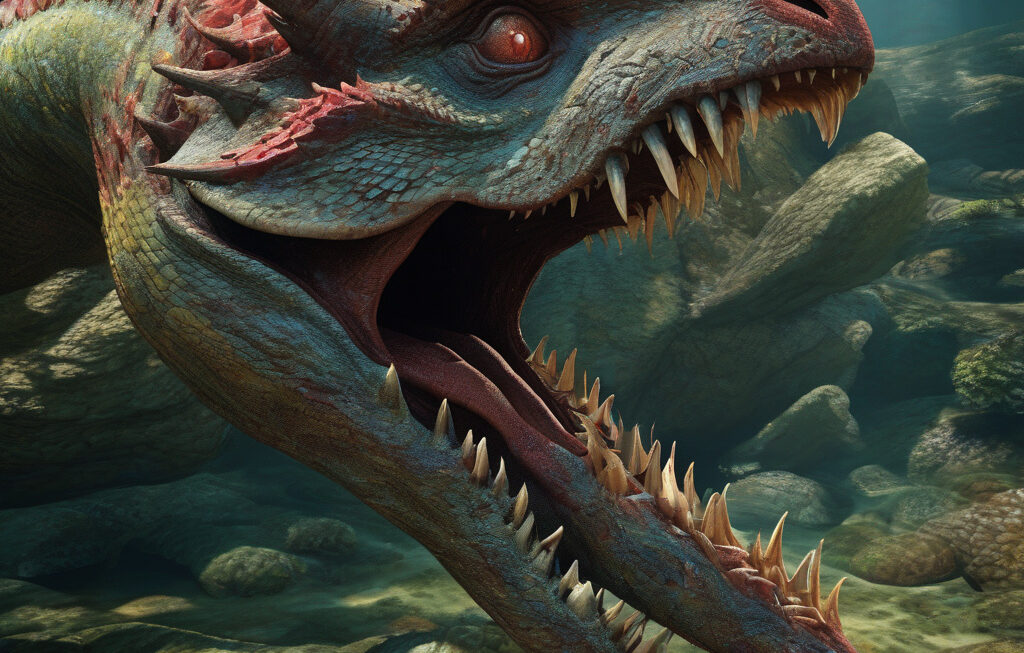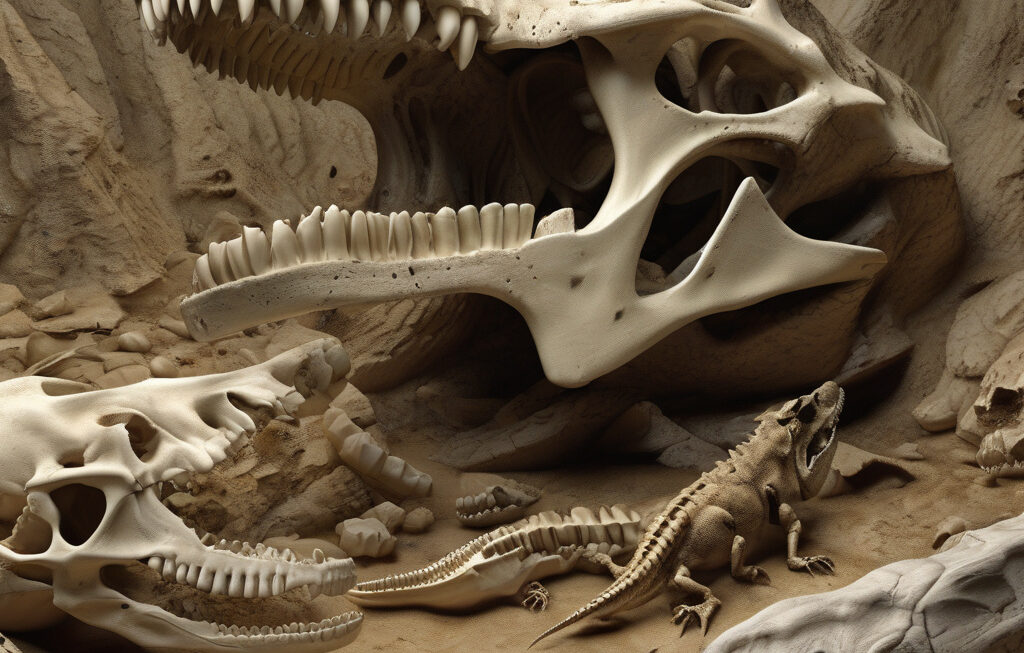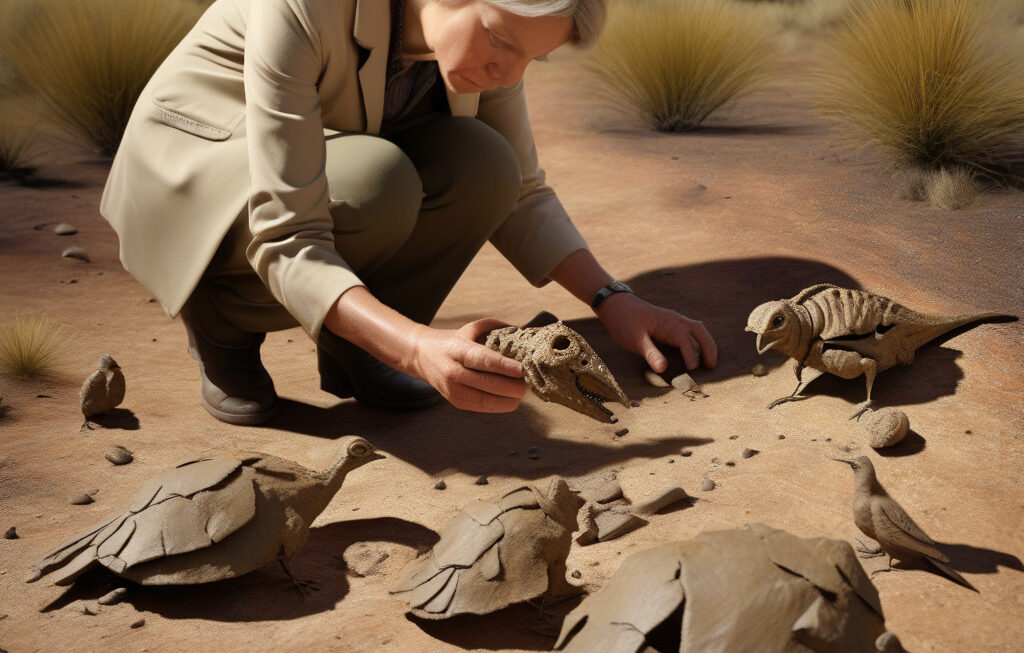Ancient Relative of Australian Magpie Unearthed: 19-Million-Year-Old Bird Fossil Discovered in New Zealand
In a significant discovery that reveals New Zealand’s epic biodiversity, researchers identified a 19-million-year-old relative of the Australian magpie. This remarkable find sheds light on the avian history of the region and provides invaluable insights into the evolution of bird species across the globe.
The fossil, discovered in the St Bathans Fauna in Central Otago, New Zealand, represents a previously unknown species of bird. Named Australornis lovei, this ancient avian creature is believed to be related to the modern-day Australian magpie, known for its striking black and white plumage and melodic song.
Dr. Vanesa De Pietri, a researcher from Canterbury Museum, described the significance of this discovery, stating, “Australornis lovei provides us with a rare glimpse into the evolutionary history of birds in Australasia. This fossil helps us understand how these birds evolved over millions of years and adapted to different environments.”
The identification of Australornis lovei highlights the unique evolutionary path taken by birds in the Australasian region. While the Australian magpie is a familiar sight in many parts of Australia today, its ancient relatives roamed the ancient landscapes of New Zealand millions of years ago. This discovery underscores the rich avian diversity that once existed in this part of the world.
By studying the morphology of the Australornis lovei fossil, researchers were able to infer information about its size, diet, and behavior. The fossilized remains suggest that this ancient bird had a robust beak suited for a variety of feeding behaviors, similar to its modern-day relatives.
Furthermore, the discovery of Australornis lovei adds to the growing body of evidence supporting the theory of Gondwanan biogeography. This concept posits that ancient landmasses, such as Gondwana, played a crucial role in shaping the distribution of species across the Southern Hemisphere. The identification of this 19-million-year-old bird fossil provides further support for the idea that bird species in Australasia have ancient origins that can be traced back to the breakup of the supercontinent.
In addition to its scientific significance, the discovery of Australornis lovei serves as a testament to the importance of paleontological research in uncovering the hidden history of our planet. By piecing together clues from the past, researchers can reconstruct the evolutionary timeline of species and gain a deeper understanding of the natural world.
As we marvel at the ancient remains of Australornis lovei, we are reminded of the complex and interconnected nature of life on Earth. Each fossil unearthed is a piece of the puzzle, contributing to our knowledge of the vast tapestry of biodiversity that has evolved over millions of years.
In conclusion, the discovery of the 19-million-year-old bird fossil identified as an ancient relative of the Australian magpie represents a significant milestone in our understanding of avian evolution in Australasia. Through careful analysis and interpretation, researchers have unlocked the secrets of the past, illuminating the ancient origins of bird species that continue to captivate us today.
#BirdFossil #AncientRelative #AustralornisLovei #AvianEvolution #NewZealandBiodiversity












